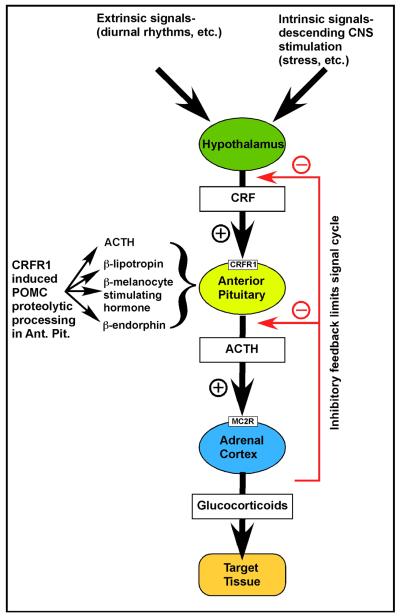Figure 1. Organization of the classic hypothalamic-pituitary-adrenal (HPA) axis.
The HPA axis is the major stress response system of the body. During HPA signaling, corticotropin-releasing factor (CRF) is released from the hypothalamus and travels via blood circulation to the pituitary where it binds to its receptor, CRFR1. Activation of CRFR1 stimulates proteolytic cleavage of pro-opiomelanocortin (POMC) to generate (among others) adrenocorticotropic hormone (ACTH). ACTH is then secreted into the systemic blood circulation and travels to the adrenal glands, where it binds to its receptor, melanocortin receptor 2 (MCR2) to finally stimulate the production and release of glucocorticoids (primarily cortisol in humans, and corticosterone in rodents). This system is hierarchical in its nature of signaling, and is under inhibitory feedback by the secreted glucocorticoids, allowing it to be switched off and thereby avoiding the deleterious effects of prolonged heightened glucocorticoid signaling.

